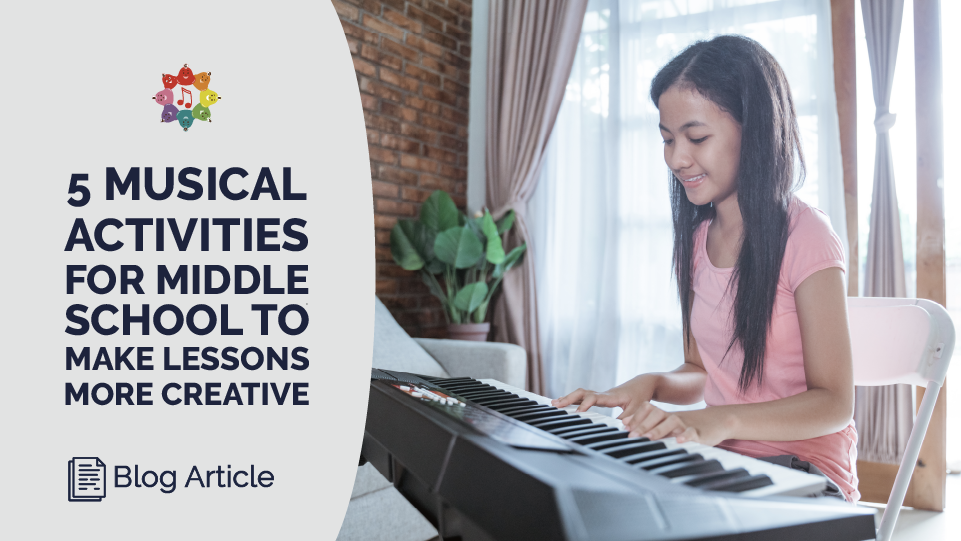Most humans naturally fall in love with music from an early age. We’ve all seen the way that babies and toddlers intuitively bob their heads along to the beat whenever a song is played. For many people, this early love of music lasts for a lifetime. However, that natural thrill that causes us to light up with excitement when we hear a fun song come on the radio can be lost over time when music begins to feel like “work.”
Anyone who has spent time in a music classroom knows just how true this can be! There seems to be a particularly difficult wall that is hit as music students approach the “middle school” years. The natural enchantment of music can be lost as older students begin to feel that practice feels grueling or uninspired. The phenomenon can be discouraging for music educators. However, pushing through is important when you consider the rewards for students. Research shows that music education offers the following benefits for learners:
- Improved memory.
- Stronger eye-hand coordination.
- Better study habits.
- More success with teamwork.
- Heightened mental processing and problem-solving capabilities.
Fortunately, just a little bit of creativity can bring a newer, more mature appreciation for music into the picture for students in middle school. If you’re looking for some creative ideas to keep preteen learners interested, it’s easier than you think. Take a look at five music activities for middle school to make lessons more creative!
1. Have Some Fun With Sounds and Voices

One of the most important aspects of becoming a musician is “finding your voice.” Students often don’t understand the value of developing their voices because they don’t yet see their voices as instruments. That’s why this first fun activity is so beneficial. In fact, what really works about this little project is that you don’t actually have to involve “song” or “music” at all to make it effective. Instead, the focus is on simply giving students a space for playing around with their voices with a little help from technology.
Let’s cover how this little exercise works! Have students record themselves reading popular poems, books or works of fiction. They can input the recordings into whatever software is available and accessible through your classroom. This can be anything from Audacity to GarageBand. Next, make a project out of editing what has been read by manipulating voices. Show students how the impact changes when voices are changed to sound scary, spooky, silly or miniature using anything from a monster voice to a chipmunk pitch! Have students reflect on the ways they can also achieve what the software program has achieved using their own vocal cords in a more subtle way.
2. Host a Group Rap Battle
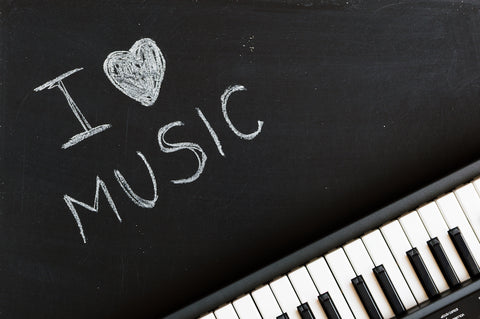
The purpose of this exercise is to help students to unleash their creative sides using a relatable, popular genre of music. This particular exercise also has a high collaborative factor. That’s important because it means that students can feel comfortable with getting creatively vulnerable without feeling like they are being singled out. On the technical side, the real purpose of this exercise is to introduce students to the concept of composing music without necessarily placing the ability to read music as a barrier to entry.
Start by splitting your students into small groups. You can also do this exercise with a single student if you provide one-on-one lessons. Feel free to select topics for raps ahead of time to build a theme while keeping more control over the lesson. Write the topics on the board for easy reference.
Next, you can introduce the “challenge.” Each rap that is composed by the groups must follow a rhyming scheme of your choosing. Let the students know that their “technical” scores will depend on how well they create consistent, obvious patterns that can be picked up on by the ear. You can give the “rap groups” a certain number of minutes to work together on creating one-of-a-kind, totally original raps using your rules. The performance comes next! Each group will perform their rap in front of the rest of the class. Ultimately, you will declare a “winner” based on categories like technical ability, teamwork and the ability to follow directions.
3. Host a Rhythm Festival in the Classroom
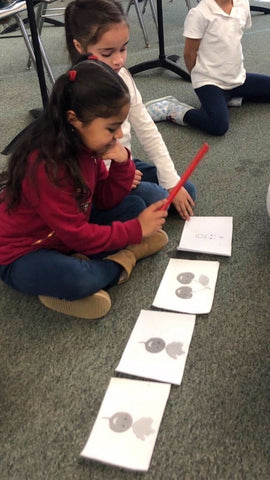
This is an activity that you can choose to do in a day, spread out over a week or incorporate into the entire semester. Getting into the origins of drumming is one of the best ways to drum up interest in music among middle-school students. More specifically, diving into the roots of African drumming can be especially appealing for students looking to connect to a very meaningful, satisfying form of musical expression. It can also be much easier to bring hand drums, boomwhackers and bucket drums into the classroom than it would be to try to source other types of instruments.
Prodigies Rhythm Collection
You can introduce the mechanisms of African drumming by showing videos of live performances. If you have experience in this genre, you can offer an in-class demonstration. Kids really respond to drumming because of how tangible and interactive this form of music can be. What’s more, it’s a genre that any student can get a feel for even if they struggle with some of the aspects of keeping time or learning fingering techniques. As a teacher, you may be interested to learn that drumming has been shown to provide social, emotional and stress-related benefits for children in classroom settings.
If you want to make the most of the rhythm festival, definitely check out our Rhythm Playlist inside Prodigies for tons of songs to get started! 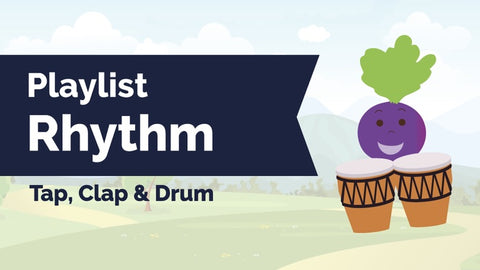
Play Rhythm Playlist
As your students progress through the lessons inside Prodigies, definitely take them on a journey in Level 2 for more advanced lessons or test out their knowledge in Ukulele Prodigies and Recorder Prodigies! 4. Host a Musical Scavenger Hunt for Makeshift InstrumentsStudents can often lose interest in music because they’re not able to see that they are surrounded by a musical world. One of the best ways to awaken the awareness that we live in a world of music is to show kids how to see the music that is all around them. This is where a makeshift musical scavenger hunt comes in! The key to this activity is that you’re not actually looking for real musical instruments. Instead, students are tasked with finding everyday objects that can be used as instruments. Ask students to look for objects that can easily be used to create music as drums, bells, tambourines, chimes, maracas and gongs. If possible, have every student bring their one found object to class. You can then discover how to incorporate these “found” instruments together to create an “accidental” band!
5. Focus on the Top Song in the Country

This is an activity that you can choose to do on a weekly or monthly basis. The goal is to show students the mechanics behind the song of the moment that everyone is singing. Start by identifying the song that is the top song in the country based on music charts or downloads. You can then “wow” your students by breaking down the cord progression and arrangement of the song. This reverse engineering of something that is familiar will help kids to make the connection between popular music and music theory. This activity can be especially interesting for students who are interested in learning how to write their own music because it brings a “big” concept to a relatable place.
Some Tips for Introducing Creativity in the Music Classroom
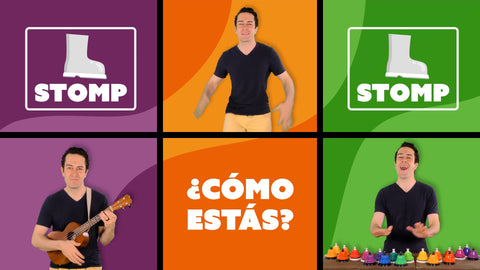
You may be looking for some creative ways to engage your students because you feel their attention slipping away as you dive deeper into what music learning looks like at the middle-school level. The big thing to remember is that keeping things relatable can help to turn what seem like very complex, abstract concepts into things that students can actually care about. Here are the main tips for igniting some sparks without throwing away the educational and challenging aspects of music education:
- Encourage kids to work on things together. Music is collaborative. You’ll find that students often derive inspiration from the enthusiasm of other learners around them.
- Accept that it’s okay to reach into “popular” music to get kids engaged. While the learning should definitely evolve past the pop songs of today, this can be a good place to start when simply trying to get learners to think musically.
- Be positive and prepared. Students in middle school are old enough to know when the adult in the room is discouraged and disconnected. Your own passion and enthusiasm can fill in a lot of gaps when it feels like everyone in the classroom isn’t syncing up with the concepts being presented!
The bottom line is that creativity often helps students to connect with what is being presented. When you allow kids to really dig in, they are able to discover the way music actually reaches into the real world around them! When kids see music as being a real and natural part of their environment, the anxiety and apprehension about moving forward with difficult concepts can subside more easily.

